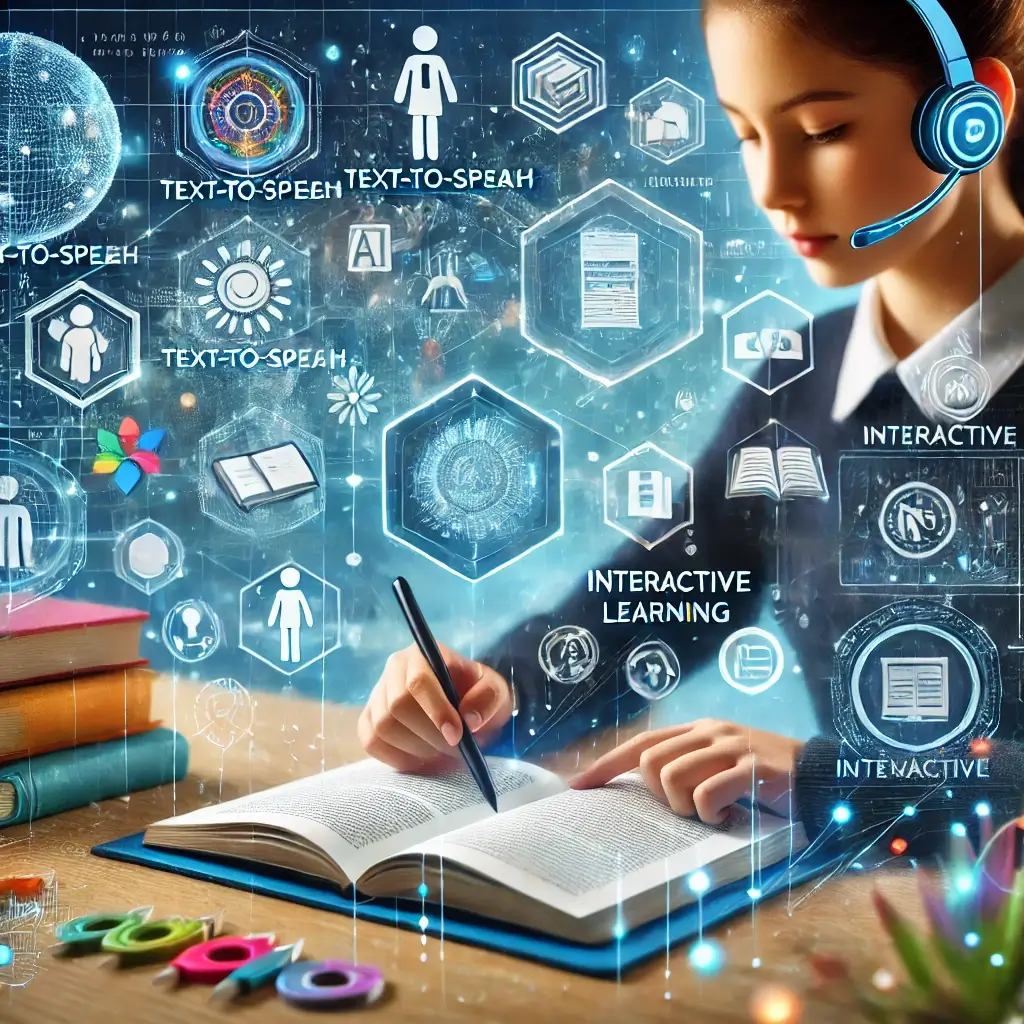The Evolution of Digital Literacy
In the ever-evolving digital era, the concept of literacy has expanded beyond traditional books and printed materials to include a wide array of digital texts. From e-books and online articles to social media content and multimedia resources, today’s tech-native students are exposed to diverse forms of information. This rapid evolution calls for innovative approaches to support reading comprehension skills. While traditional reading strategies remain vital, the integration of technology into educational practices has opened up new avenues to enhance learning experiences. Effective reading aids are now essential tools in equipping students with the skills needed to navigate, comprehend, and critically evaluate the information-rich digital landscape.
Addressing Modern Learning Challenges
The unique challenges faced by digital natives include shorter attention spans, a preference for interactive content, and the need to discern credible information in a sea of misinformation. To address these challenges, educators and parents must adopt a balanced approach that combines traditional reading methods with cutting-edge digital tools. The goal is not only to improve comprehension but also to foster critical thinking, adaptability, and a lifelong love of learning. This article explores efficient reading aids tailored for tech-native students, presenting a mix of practical tools, strategies, and relevant research to support their development.
Medical Research and Current Innovations
Recent studies have highlighted the efficacy of integrating technology into reading instruction. Research published in the Journal of Educational Psychology emphasizes that interactive e-books, which combine text with audio, visuals, and interactive elements, significantly enhance reading comprehension among younger students. These tools cater to various learning styles and improve engagement, particularly for students who struggle with traditional reading methods. Interactive e-books also support vocabulary development, providing definitions and contextual examples within the text.
Text-to-Speech and Adaptive Learning Solutions
Another study from Pediatrics Today revealed that text-to-speech (TTS) software helps students with learning disabilities or attention deficit disorders by reducing cognitive load and allowing them to focus on comprehension rather than decoding words. TTS tools, such as NaturalReader and Microsoft Immersive Reader, have proven effective in improving both vocabulary and understanding. Furthermore, TTS technologies promote accessibility, enabling students with visual impairments or language processing challenges to engage fully with the content.
Personalized Learning Platforms
Adaptive learning platforms have also revolutionized reading education. Programs like Newsela and Raz-Kids offer personalized reading materials tailored to student proficiency level, ensuring that content is neither too challenging nor overly simplistic. These platforms utilize artificial intelligence to analyze reading habits, adjust text complexity, and provide instant feedback. For instance, Newsela integrates current events into reading lessons, enabling students to connect classroom learning with real-world scenarios. A study published in Educational Leadership reported that these platforms improve student engagement and foster a sense of accomplishment by allowing learners to progress at their own pace.
Gamification and Digital Annotation Tools
Another innovation includes gamified learning tools, which leverage game mechanics to encourage reading. Apps like LiteracyPlanet and Prodigy English incorporate points, badges, and leaderboards to make reading interactive and enjoyable. Research from the American Journal of Educational Technology suggests that gamified tools increase motivation, particularly among reluctant readers, and improve overall comprehension through repeated practice and immediate feedback.
Educators are also incorporating digital annotation tools, such as Kami and Evernote, to enhance students’ engagement with texts. These tools allow students to highlight key passages, add notes, and even collaborate with peers. A 2023 study in the Journal of Learning and Instruction found that digital annotation significantly improves information retention and critical thinking skills by encouraging active interaction with reading materials.
Future of Digital Learning
To thrive in the digital age, students need more than basic literacy skills; they require tools that align with their tech-savvy lifestyles and learning preferences. By leveraging a combination of digital reading aids, personalized learning platforms, and traditional strategies, educators can create a comprehensive framework that empowers students to excel. The integration of adaptive technologies, interactive tools, and gamified approaches ensures that all learners—regardless of their starting point—can develop the skills necessary for academic and lifelong success. As the field of educational technology continues to advance, the focus must remain on creating inclusive tools that support all learners, fostering not only academic success but also a deep, enduring appreciation for the written word.
Sources
References:
Journal of Educational Psychology
Pediatrics Today
Educational Leadership
American Journal of Educational Technology
Journal of Learning and Instruction
International Literacy Association
Common Sense Media

